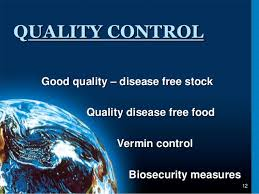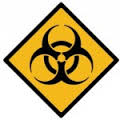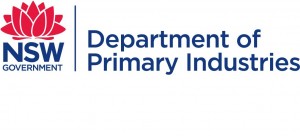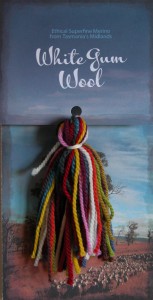Biosecurity is like a shield of protection for the farm
Prevention is better than Solution
Protect our Environment & Economy
As part of The Archibull Prize in 2015 our team has investigated Biosecurity and how we can protect our sheep and wool from the nasty pests and diseases.
We discovered that ‘Biosecurity is a Shared Responsibility’ and is relevant to everyone who owns or works with animals.
This is not limited to livestock and poultry, in fact simple biosecurity measures can protect your pet bird, dog or other family pet from pests and disease. As some animal diseases are zoonotic; meaning they can also affect us — biosecurity can also protect you. Biosecurity measures help protect our economy, environment and people’s health from pests and disease.
As Australia does not have nasty diseases like Foot and Mouth disease it is very important that we all work together to ensure none of us bring it into the country accidently
We learnt that food; plant material and animal products from overseas – including many common souvenirs – can introduce some of the world’s most serious pests and diseases into Australia, devastating our valuable agriculture and tourism industries and unique environment.
We have all watched episodes of “Border petrol” on the TV. We see food and plant materials being bought into our country all the time – these food and plant materials put Australia’s Biosecurity at risk, because we don’t know where they have come from. Awareness and knowledge is one of the first steps. When you know better; you can do better.
IF IT’S BANNED LEAVE IT OVERSEAS
On the Farm Biosecurity – What does it look like?
On farm the biosecurity goals for Sheep and Wool Producers are:
- To prevent the introduction of infectious diseases to grazing livestock production properties
- To prevent the spread of diseases from an infected property to an uninfected property
Hand, Foot & Mouth Disease – Biosecurity in Australia 06/10/2015
Foot-and-mouth disease (FMD) is a highly contagious animal disease that would have severe consequences were it to be introduced into Australia. There have been a number of outbreaks in FMD-free countries that have had large socio-economic impacts. The 2001 outbreak in the United Kingdom caused losses of more than 8 billion pounds (approximately $AUD 19 billion).
We have all witnessed the recent outbreaks of this devastating disease in countries oversea. We as Australians can learn from their mistakes and protect our environment, economy and animals and most importantly our future.
More recently, outbreaks have continued to be seen in free countries. FMD occurred again in the United Kingdom in 2007, while Taiwan ROC reported several outbreaks beginning in February 2009. In 2010 both Japan and the Republic of Korea experienced large FMD outbreaks which required extensive programs to control. The 2010–11 Korean outbreak is estimated to have cost the government some 3 trillion won (about $US 2.7 billion).
Australia estimates that a small FMD outbreak, controlled in 3 months, could cost around $AUD 7.1 billion, while a large 12 month outbreak would cost $AUD 16 billion.
To manage the risk, both government and industry engage in significant prevention, planning and preparedness. Beyond its borders, Australia has invested heavily in building the capacity of countries in the region to combat diseases, including support for the World Animal Health Organisation (OIE) Southeast Asia and China FMD Campaign (SEACFMD). This project involves the coordinated control of FMD by eleven countries in the Southeast Asia region. However, FMD remains endemic in most of these eleven countries. Australia also maintains a strong biosecurity program at the border to manage FMD risks, and also undertakes extensive planning and preparedness activities to ensure that should an incursion occur, the disease can be contained and controlled as quickly as possible.
To understand this, you could compare an animal infected with Hand, Foot & Mouth disease to a person who is infected with the flu. When we have the flu, we stay home from school; we are isolated from our friends and teachers so we don’t make them sick as well. That is one way of controlling the spread of infection.
The Australian Government, through the Australian Government Department of Agriculture and Water Resources is continuing its efforts to ensure that Australia is well-prepared to manage the disease, and in 2011 sought the advice of Mr Ken Matthews AO to provide a qualitative assessment of Australia’s readiness to respond to the threat of FMD.
It is always better to prevent the risk of disease in the first place; however if there is an outbreak Australian are ready to respond and get on top of it as quickly as possible.
Source: http://www.agriculture.gov.au/pests-diseases-weeds/animal/fmd



























